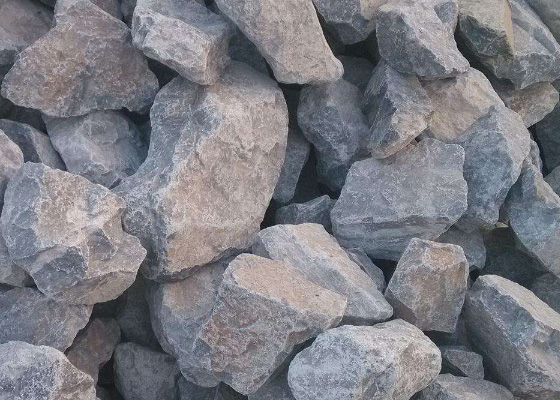Limestone is an essential mineral resource with diverse applications in various industries, making the establishment of a limestone crushing plant a lucrative investment. When considering the sale of a limestone crushing plant, several critical factors must be addressed to ensure the plant’s efficiency and profitability. This overview covers the key aspects involved in setting up a limestone crushing plant for sale.
Limestone Crushing Plant Overview:
A limestone crushing plant typically consists of feeders, crushers, conveyors, and screens. The feeders feed the raw limestone into the crushers where it is crushed into smaller pieces, ideally no larger than a few inches in diameter. After crushing, the crushed limestone is conveyed along a system of conveyors to screens where it is separated into different sizes based on customer requirements.

Key Components of a Limestone Crushing Plant
- Feeder: The feeder is responsible for delivering raw limestone to the crusher evenly and continuously. It ensures a steady flow of material into the crushing chamber, optimizing the efficiency of the crushing process.
- Crushers: Crushers are the primary machines used for breaking limestone into smaller pieces. Different types of crushers can be used depending on the size and hardness of the limestone. Common types include jaw crushers, impact crushers, and cone crushers. Each type offers unique advantages in terms of efficiency, throughput, and reduction ratio.
- Screening Equipment: Vibrating screens are used to sort crushed limestone into various sizes. These screens ensure that the material meets the required specifications for different applications.
- Conveyors: Belt conveyors transport the crushed material between different stages of the crushing process. They are designed for durability and efficiency, minimizing material handling time.
- Control Systems: Modern crushing plants are equipped with advanced control systems that monitor and adjust the operation in real-time. These systems enhance efficiency, reduce downtime, and ensure optimal performance.
Financial and Economic Analysis
Conducting a comprehensive financial analysis is vital before selling a limestone crushing plant. This analysis should include initial capital investment, operating costs, maintenance expenses, and projected revenue. Understanding market demand, pricing trends, and potential competition helps in developing a viable business plan.
Market and Applications
The demand for limestone aggregates is driven by infrastructure development, construction projects, and the growing need for sustainable building materials. Limestone aggregates are versatile materials used in road construction, building foundations, and as a base material for infrastructure projects. The quality and size of limestone aggregates determine their suitability for specific applications, making them a valuable commodity in the construction industry.

